These trees will make a wonderful difference to your home, commercial property or strata.
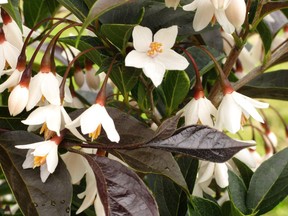
Reviews and recommendations are unbiased and products are independently selected. Postmedia may earn an affiliate commission from purchases made through links on this page.
Article content
Thanks to the foresight of numerous mayors, councillors and park planning departments, many of our cities have good canopy covers to help cool neighbourhoods.
This has become increasingly important as we experience hotter summers, but it’s especially true in many of the older neighbourhoods in Vancouver where these large, older trees are cooling down significant number of streets and homes.
Advertisement 2
Article content
Article content
We often forget the other values these trees bring to our cities and towns. They collect air pollutants, provide habitat for birds and pollinators, open up the soil to allow excess rainwater in the spring and fall to seep into the ground, produce oxygen and sequester carbon.
Traditional lots have been downsized over the years as high-density living is changing the complexion of both commercial and residential green space.
To maintain and grow our green canopy now we need to adopt a new planting strategy. The trees we choose to plant must not only be more heat and drought tolerant, but space efficient. There is no longer room for traditional, larger shade trees. So narrow, more columnar species should be the choice.
Fortunately research and breeding have produced more columnar trees representing a wide diversity of varieties.
To decide the best trees for our landscapes, there are considerations. Heat and drought tolerance are important, but so is the tree’s ability to be relatively pest free. With so many pest controls no longer available, insect and disease problems are serious. With winters becoming more severe, cold tolerance is also an issue, so consider choosing a tree that is hardier than your specific climatic zone.
Article content
Advertisement 3
Article content
Leaf size is an issue in high-density areas; all deciduous trees drop their leaves each fall, and while they make valuable compost additions, clean up can be difficult. Smaller leaf sizes will result in less mess and work, while still providing compost.
The overall beauty of the tree is significant. You should be able to enjoy attractive foliage from late spring to late summer, but it’s always nice to look forward to brilliant autumn colour, which can last for weeks. Don’t forget winter appearance in your decision-making process. Many trees have a lovely silhouette in winter, with narrow forms being perfect for winter LED lighting to lift our spirits on those dark, cold nights.
One of my favourite families of these vertical, uplifting trees is the quaking aspens, or populus tremuloides. They are erect, growing to about 35 feet tall and 12-15 feet wide at maturity. They create the most beautiful sound with the slightest breeze and make a striking winter specimen. A newer variety, p. t. Mountain Sentinel, is similar in height but only about 2.4 metres wide. Both display brilliant golden fall foliage.
Advertisement 4
Article content
One of the most sought-after narrow varieties is the Sweet Gum or liquid amber, called Slender Silhouette. It grows a little taller — to about 50 feet — spreads to only about 2.4 metres, and it is one of the most attractive. Its fall foliage is a burgundy orange, and its winter form is gorgeous. It’s the one we chose for our own driveway entrance.
I have always had a soft spot for oak trees, and there are quite a few stunning vertical specimens available now.
Quercus x warei Kindred Spirit is hardy to Zone 4, reaches to nine metres, but with a very tight almost two-metre spread. Its fall colouring is stunning. Q. robur x alba Skinny Genes is a little taller at almost 14 metres with a three-metre spread, and it also has yellow fall foliage. Q. r. x a. Crimson Spire is a 12-metre size, but a little wider at 4.5 metres, with fall colouring a beautiful, more oak-like, rusty red.

Flowering pears are becoming far more popular today because of their shiny green foliage and pure white flowers. Pyrus c. Chanticleer has a Zone 4 hardiness rating, grows to about 12 metres with a 4.5-metre canopy, has great disease resistance and a nice reddish fall colour.
Advertisement 5
Article content
The Japanese Snowbell, styrax japonicus, has always been popular, but the new purple leafed S. j. Evening Light is spectacular. Maturing at about 4.5-metres with a 2.4-metre spread, the purple foliage, contrasted with pure white flowers, makes it a truly unique tree.
I’m also a big fan of the beech family, mostly because of their famous European heritage and spectacular form, but the narrow varieties are just as beautiful.
Both purple varieties, fagus sylvatica Red Obelisk, and f. s. Dawyck Purple, grow to about 10 metres and approximately 3.6 metres wide. I love the richness of the purple leaves and the striking winter forms. My favourite, however, is the golden form, f.s. Dawyck Gold. It will reach about the same height and width as its purple cousins, but I find its blend of green and yellow foliage is very uplifting. It’s the other tree I’ve used at home, and with sparkling LEDs and uplighting, they really brighten up the yard.
If you love the white bark of birch trees, some of the most disease and insect-resistant varieties you’ll find are Betula platyphylla Dakota Pinnacle, and b.p. Parkland Pillar. These two great varieties feature beautiful yellow fall foliage and lovely white winter stems. Both grow to about nine metres, with Parkland Pillar spanning only about 2.5 metres, while Dakota Pinnacle is closer to 3.5 metres.
Advertisement 6
Article content
Planted as a group in your landscape, these columnar gems can be the equivalent of one larger shade tree, so if you want to add some shade to your garden, especially after this hot, hot summer, but don’t have a lot of room, these trees will make a wonderful difference to your home, commercial property, or strata. This fall will be an ideal time to plant, and next year, you’ll begin to enjoy all their many benefits.
Summer subscription sale: Our in-depth journalism is possible thanks to the support of our subscribers. For a limited time, you can get full online access to the Vancouver Sun and The Province, along with the National Post and 13 other Canadian news sites, for just $40 for one year or $1 a week for 52 weeks. Support our journalism by subscribing today: The Vancouver Sun | The Province.

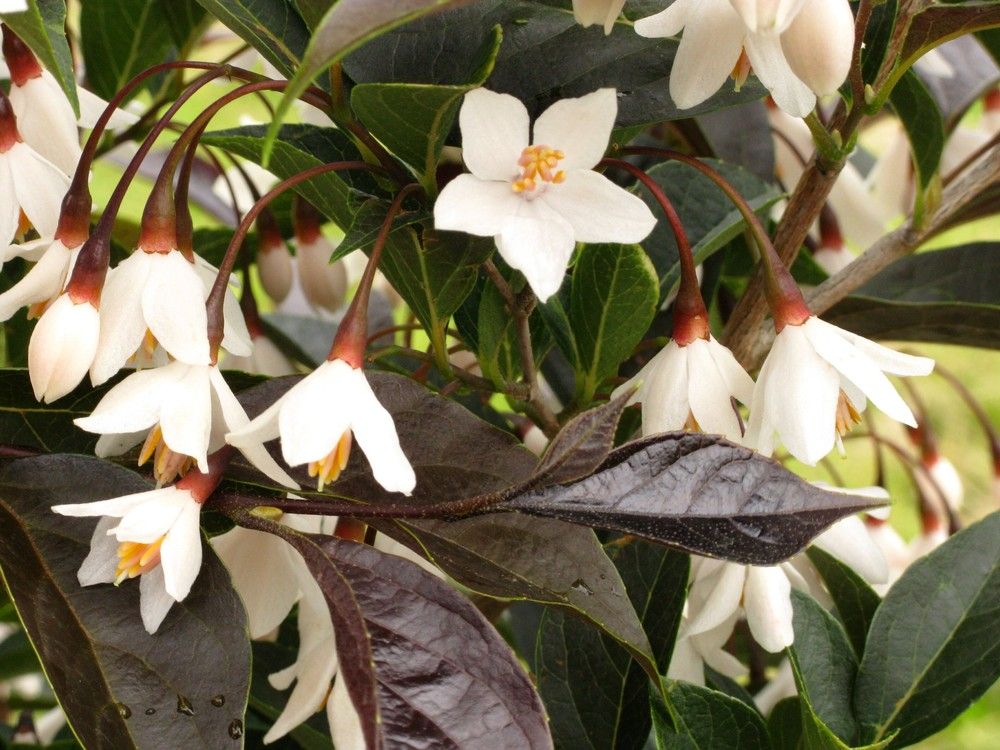


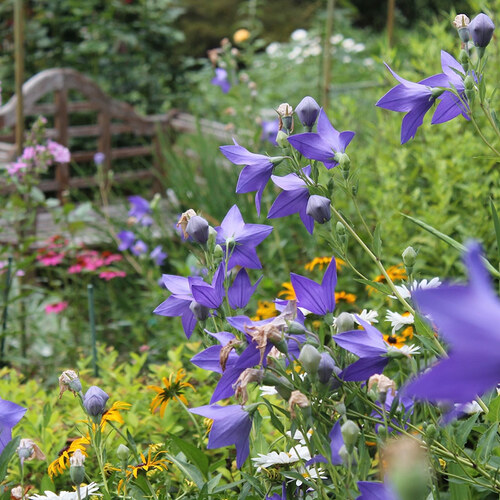



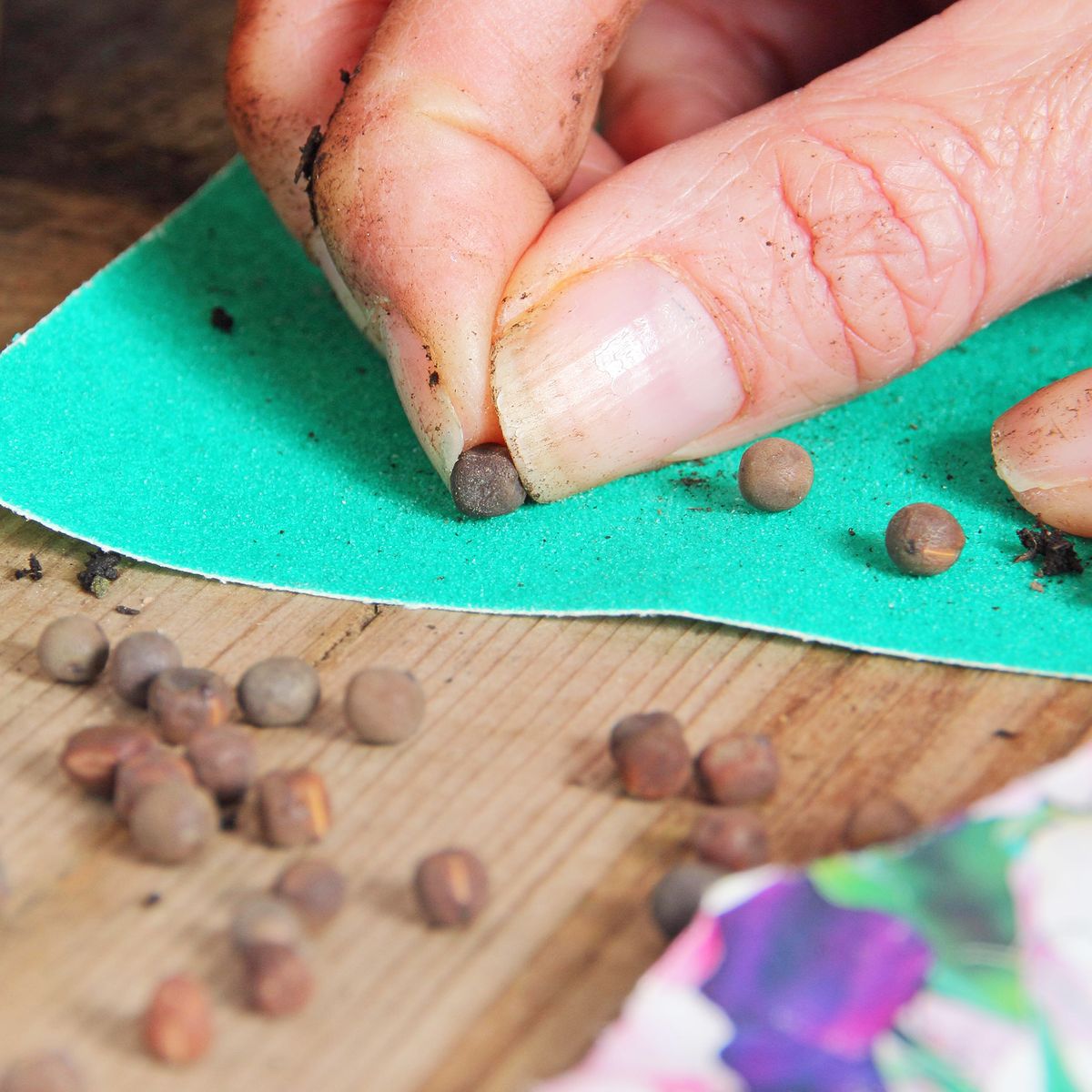
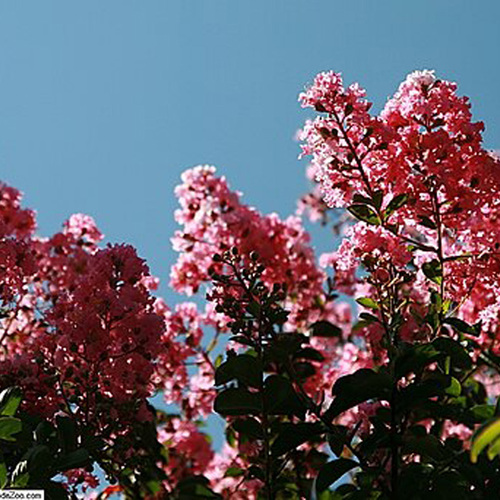



Comments
Postmedia is committed to maintaining a lively but civil forum for discussion and encourage all readers to share their views on our articles. Comments may take up to an hour for moderation before appearing on the site. We ask you to keep your comments relevant and respectful. We have enabled email notifications—you will now receive an email if you receive a reply to your comment, there is an update to a comment thread you follow or if a user you follow comments. Visit our Community Guidelines for more information and details on how to adjust your email settings.
Join the Conversation